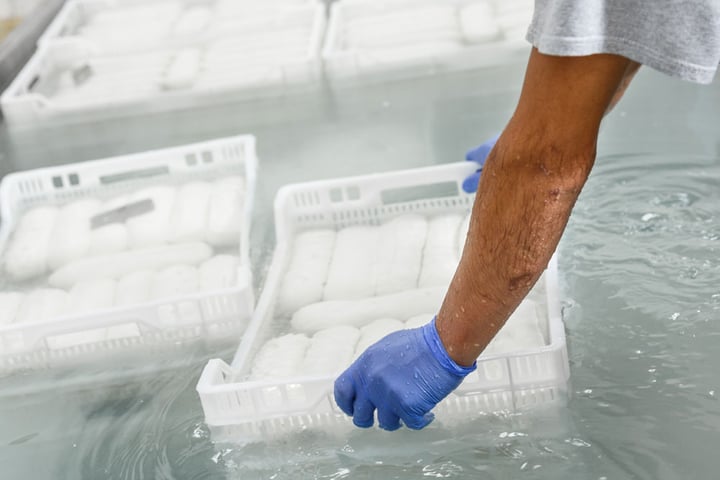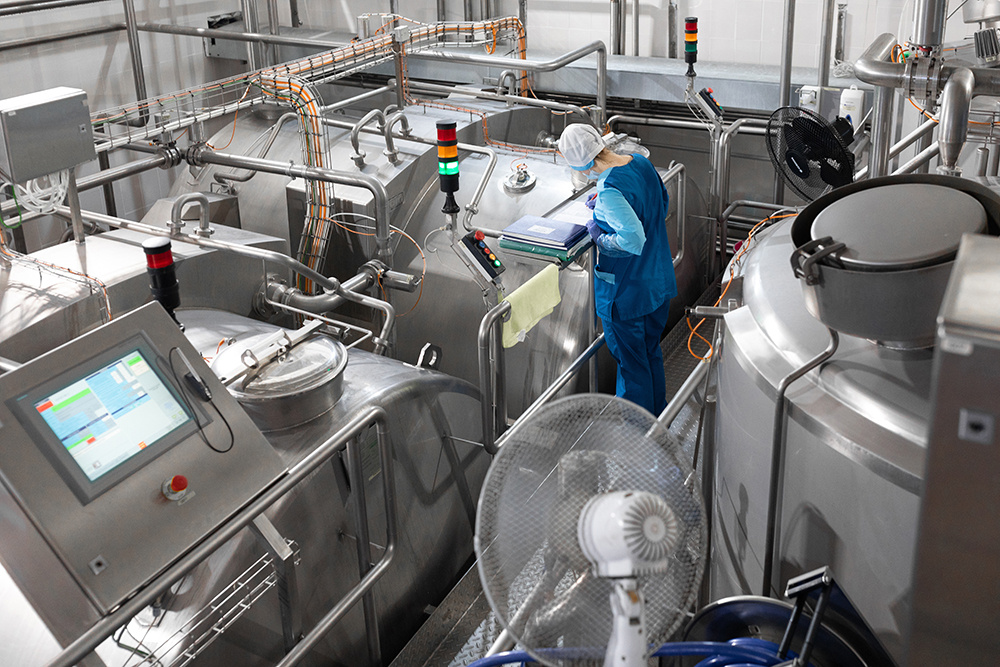The government regulates food processing facilities, having created strict rules and regulations they must comply with to remain open. They are often subject to food safety audits to ensure that they follow proper food safety practices. There are also official inspections conducted by various food safety management organizations.
Food safety auditors are similar to health inspectors, and they are tasked with inspecting every part of the
facility to ensure it is doing everything according to established health and safety codes. These audits are sometimes scheduled in advance and sometimes done by surprise, but that doesn't mean you can't prepare.
Here are seven tips on how to prepare for a food safety audit to ensure that you pass successfully.
1. TRAIN YOUR EMPLOYEES

Having well-trained employees is critical to running a successful food processing facility. Well-trained employees know how to handle the various processes within the facility to keep it running smoothly.
During an audit, any employees in key positions will likely interact with the audit team, and it is essential they know how to answer any questions that may come up. By regularly training and refreshing their knowledge, they will meet with the auditors and answer questions confidently. Cross-training employees is also a good idea, as even if one employee is out sick, there will be somebody who can answer any important questions.
2. APPOINT SANITATION EXPERTS
Sanitation is one of the critical aspects of a facility that food safety auditors will examine. Food facilities have many aspects of sanitation to consider, possibly making it overwhelming at times.
To ensure your facility is meeting sanitation requirements, consider appointing sanitation experts that can determine if there are flaws in your sanitation processes and behaviors and provide ways to improve.
3. INSTALL A SLOT DRAIN SYSTEM
One important aspect of sanitation is installing the right floor drainage system. The 10,000 Series Slot Drain from FoodSafe Drains is an easy-to-install slotted trench drain system made from extremely durable food-grade stainless steel.
It is unique compared to traditional trench systems, since it does not have a grate cover and instead features a slim channel opening no more than 1.25 inches wide.
This NSF certified linear system is resistant to bacteria, making it one of the most sanitary systems on the market and easy for inspectors and auditors to examine. It is also easy to clean, especially with the included CIP functionality and the optional Flush-Flo waterline connection, which allows for the automation of cleaning and sanitizing processes.
4. MONITOR STORAGE TEMPERATURES

Different ingredients within a food processing plant require different temperatures for safe storage. Products kept in cold storage are affected by doors opening and closing. It is essential to ensure that you monitor food storage temperatures and keep them at the appropriate levels at all times to maintain health and safety standards.
5. REVIEW THE FOOD SAFETY STANDARDS
One of the easiest ways to prepare for a food safety audit is to review the food safety standards. Even surprise audits do not hold many surprises: everything that the auditors will examine is laid out within the standards. Taking the time to review them will allow you to prepare and make any necessary changes to ensure your facility can pass an audit with ease.
Instead of waiting for audits to come up, consider reviewing the standards regularly to keep up with updates and changes, so you are never caught off guard.
6. CONDUCT A PRE-AUDIT
Reviewing the standards is an excellent step in preparing for an audit, but it is even better when you use them to perform a pre-audit. You can do a pre-audit by using a checklist with the latest and most relevant standards, then going through your facility to observe the work from start to finish.
By looking at your facility through an auditor’s lens, you can form a clear image of how your facility would do in an actual audit. If you find any issues with the process, you can fix them before the actual audit occurs.
7. DOCUMENT EVERYTHING
Documentation and having a well-established “paper trail” are key to running any facility, especially food facilities. Keeping documentation on everything that goes on in the facility will prove that you have a handle on everything and can recall products quickly if necessary.
Logbooks, product labels, date stamps, invoices, and other documents should be kept and neatly organized so that information is easy to find when necessary. It will help you answer auditor questions and keep track of how your facility is doing, and can also identify ways to improve.
PREPARING FOR YOUR AUDIT
Passing an audit successfully is important for a food processing facility in order to prove rules are being followed and best safety practices are being observed. Food safety audits can seem daunting, but knowing how to prepare can make things easier. Taking the time to prepare will ensure that questions or expectations from the auditors do not catch you off guard.
By following the food safety standards and keeping your facility up to date, auditors are less likely to find safety flaws. Contact the drainage experts at FoodSafe Drains today to take the next step towards a safer food facility.


